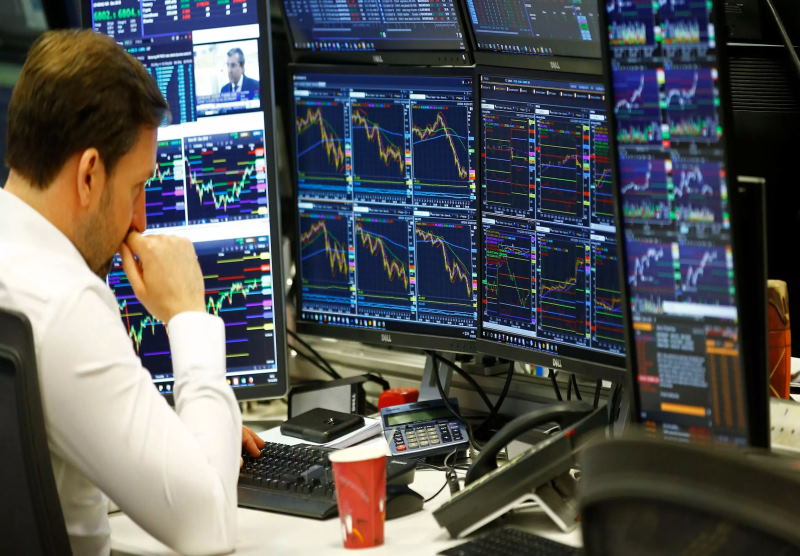Investors turn bearish on global economy though positioning upbeat – BofA survey

Barely a tenth of respondents in a monthly fund manager survey expect a stronger global economy in the coming months, marking the lowest proportion since last April’s initial COVID-19 panic, Bank of America’s (BofA’s) September edition of the survey showed.
Economic growth expectations are now at a net 13%, the lowest since April 2020 and markedly down from a 91% peak in March this year. The spread of the Delta variant was cited as the reason for the pessimism, the popular monthly survey said.
Despite the growing caution on the macroeconomic outlook, positioning in asset markets remains overwhelmingly bullish.
Equity market protection designed to shield portfolios against a sharp drop in asset values was at the lowest levels since January 2008.
Nearly half of BofA’s clients, with $840 billion in assets under management, said they have removed protection against a sharp fall in equity prices over the next three months, the lowest figure since January 2018.
Moreover, broader equity market positioning remains firmly bullish with net global equity allocations at 50%, far above a 20-year average of 29%, the survey said.
“A rare disconnect is growing between asset prices and fundamentals,” a team of strategists led by Michael Hartnett wrote in a note to clients.
The broader market outlook remains one of greater caution with survey respondents expecting central banks to remain dovish.
Eighty four percent of investors now expect the U.S. Federal Reserve to start reeling in its stimulus measures by the end of the year, though expectations for the first U.S. rate hike were pushed out to February 2023 from November 2022 previously.
Moreover, 82% of respondents expect China to ease policy, up from 44% in July.
Global liquidity conditions were widely seen as the best since just before the global financial crisis hit world markets in July 2007. Almost 60% of respondents in the survey said monetary policy was “too simulative” which was the highest proportion since May 2011.


